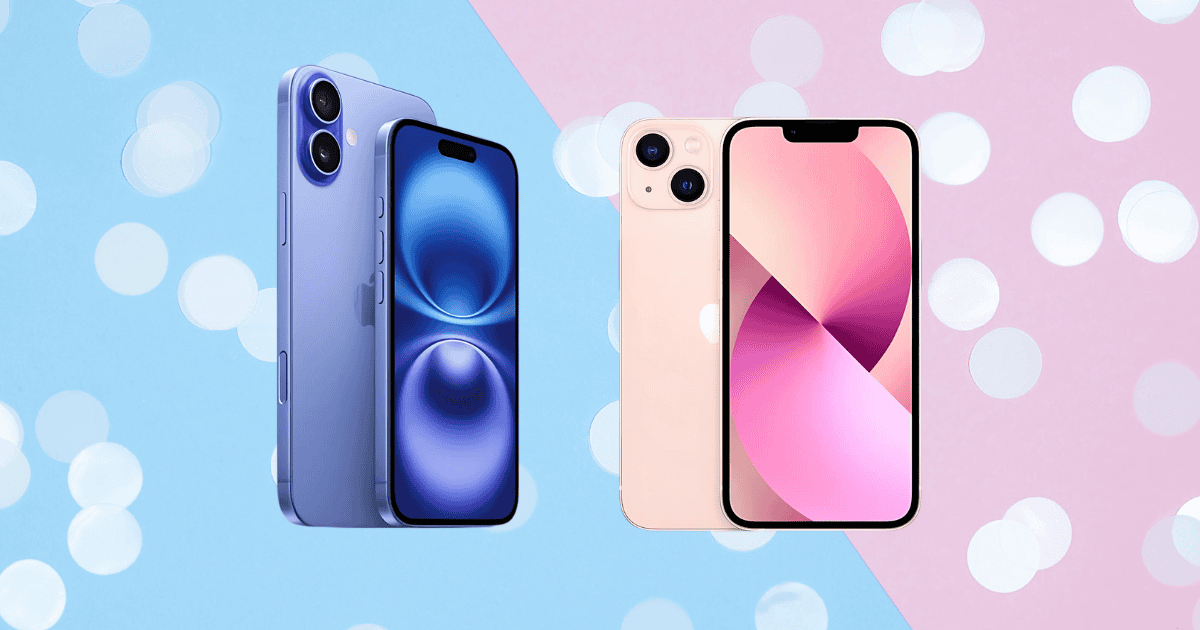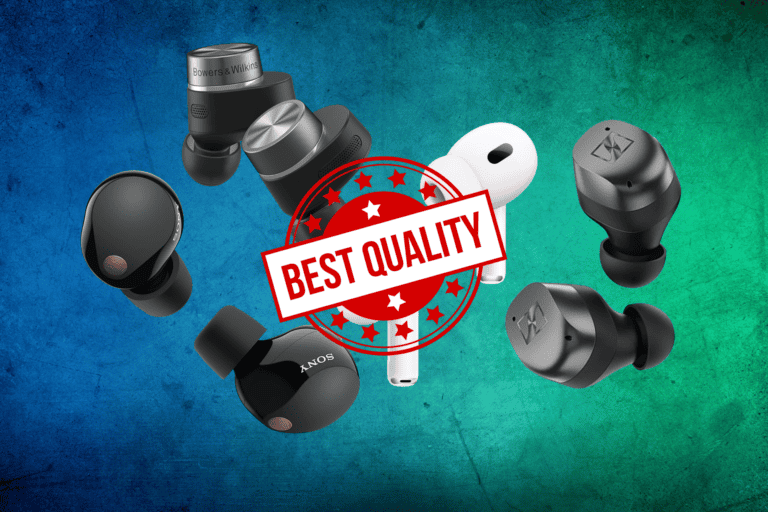The comparative analysis of the iPhone 16 and iPhone 13 reveals a compelling narrative of technological advancement over a three-year period. With significant upgrades in processing power, camera capabilities, and user interface innovations, the iPhone 16 sets a new standard for mobile devices. Importantly, the shift to a USB-C connector marks a pivotal change in Apple’s design philosophy. However, the real question lies in how these enhancements translate to user experience and whether they justify the upgrade for existing iPhone 13 owners. Understanding this evolution requires a closer examination of each key feature and its implications.
Key Changes Over Three Years
Over the course of three years, the iPhone has undergone considerable transformations, particularly evident when comparing the iPhone 16 to its predecessor, the iPhone 13.
One of the most notable advancements is the upgraded 48MP main camera in the iPhone 16, which delivers enhanced low-light performance, vastly improving image quality compared to the 12MP dual cameras of the iPhone 13.
The introduction of the A18 chip in the iPhone 16 marks a substantial leap in processing power, offering a 30% performance boost and greater energy efficiency than the A15 Bionic chip found in its predecessor.
Additionally, the shift to a USB-C connector allows for faster data transfer and charging capabilities, addressing regulatory changes and enhancing user convenience.
The iPhone 16 also features the innovative Dynamic Island, which greatly improves multitasking and notifications, providing a user experience that the iPhone 13 lacks.
Camera Upgrades and Innovations
The camera systems in the iPhone 16 represent a considerable leap forward in smartphone photography, showcasing Apple’s commitment to innovation. This model features a remarkable 48MP main camera, a substantial upgrade from the iPhone 13’s 12MP dual cameras. This enhancement notably improves image quality and detail retention, allowing users to capture stunning photos with exceptional clarity.
Additionally, the iPhone 16 introduces a 12MP ultrawide lens, offering greater versatility for photography enthusiasts. This new feature enables wider landscape captures and expansive group shots, further diversifying users’ creative options.
The low-light performance has also seen considerable improvements, delivering clearer images with reduced noise in darker environments compared to the iPhone 13.
The integration of advanced camera software capabilities, powered by the A18 chip, elevates computational photography features, enhancing overall image processing and effects.
Moreover, the introduction of a new capture button provides quicker access to photo and video shooting, streamlining the photography experience.
Collectively, these upgrades and features in the iPhone 16 underscore a notable evolution in camera technology, setting a new standard for smartphone photography.
Performance Enhancements
Building on the advancements in camera technology, the iPhone 16 also showcases significant performance enhancements that elevate the overall user experience. Central to these improvements is the new A18 chip, which offers a remarkable 30% performance boost over the A15 Bionic chip found in the iPhone 13. This increase in processing speed translates into smoother operations and enhanced efficiency for various applications.
In addition to raw power, the iPhone 16 boasts improved multitasking capabilities, supported by an upgraded RAM capacity of 12GB, compared to the 6GB in its predecessor. This allows users to seamlessly switch between applications without experiencing lag or slowdown.
The A18 chip further incorporates advanced AI features and machine learning capabilities, enabling functionalities that were previously unattainable on the iPhone 13. These enhancements optimize user experience across various tasks, from photography to everyday applications.
Moreover, the energy efficiency of the A18 chip leads to improved battery life, allowing users to enjoy extended usage between charges. This combination of performance boost, multitasking capabilities, and efficient battery management positions the iPhone 16 as a significant evolution in Apple’s smartphone lineup.
Advancements in Apple Intelligence
With the introduction of Apple Intelligence in the iPhone 16, Apple has taken a notable step forward in enhancing user interaction through advanced AI capabilities. This innovation dramatically improves Siri’s contextual awareness, making voice interactions more intuitive and efficient.
The iPhone 16 leverages the power of the A18 chip, enabling sophisticated AI features and machine learning tasks that are not fully supported by the older iPhone 13.
One of the standout advancements of Apple Intelligence is its generative AI capabilities, which include text summarization and the creation of emojis, markedly enriching the user experience. These features allow for quicker communication and better engagement with content.
Additionally, the built-in writing support and audio summaries streamline tasks, making the iPhone 16 a more versatile tool for both personal and professional use.
While developers have access to AI APIs for integration, it is important to note that the capabilities of Apple Intelligence are still in their early stages compared to more established competitive offerings.
Nonetheless, the expected evolution of these features indicates that Apple is committed to enhancing its AI ecosystem in future updates, setting a new standard for smartphone interaction.
Transition to USB-C Connector
Shifting to a USB-C connector in the iPhone 16 represents a significant evolution in Apple’s approach to device connectivity. This change replaces the Lightning port used in the iPhone 13, aligning with new European Union regulations aimed at standardized charging solutions.
The adoption of a USB-C port not only enhances data transfer speeds but also improves charging efficiency, providing a more seamless experience for users.
However, this change comes with the necessity for new charging accessories, as existing Lightning cables are incompatible with the USB-C standard. The iPhone 16 includes a USB-C cable in the box, but users may need to invest in additional charging accessories to fully benefit from this upgrade.
The move towards USB-C also promotes broader compatibility across various devices, allowing users to streamline their charging solutions by utilizing a single cable for multiple gadgets.
Ultimately, this shift towards standardized connectivity simplifies the user experience, reducing the clutter of multiple types of cables and connectors. As a result, the iPhone 16 not only embraces modern technology but also enhances the overall usability for consumers.
Dynamic Island Feature Analysis
The introduction of the Dynamic Island feature marks a significant enhancement to the user interface of the iPhone lineup, particularly in the iPhone 14 Pro and subsequent models, including the iPhone 16. This innovative feature transforms the traditional status bar into an interactive hub, allowing users to multitask with greater efficiency.
Unlike the iPhone 13, which lacks this capability, the Dynamic Island provides a visually engaging way to manage notifications and running applications.
Dynamic Island seamlessly integrates system alerts, ongoing activities, and media controls, thereby facilitating a more fluid user experience. Users can easily monitor live activity updates without disrupting their workflow, an improvement that enhances overall productivity.
Advanced animations and changes further contribute to a refined interaction with the device, making it not only functional but also enjoyable to use.
In comparison, the iPhone 13’s interface lacks the Dynamic Island, limiting its multitasking capabilities and overall user experience.
As users embrace the advancements brought by the iPhone 14 Pro and iPhone 16, the Dynamic Island feature stands out as a key development that exemplifies Apple’s commitment to enhancing usability and engagement in its devices.
Upgrade Considerations for Users
Deciding whether to upgrade from the iPhone 13 to the iPhone 16 involves careful consideration of various factors that can impact user experience. While the iPhone 16 boasts notable enhancements such as the A18 chip, which offers up to 30% faster performance, users should evaluate their personal needs before making a decision.
The following table outlines key differences between the two models, aiding in this assessment:
| Feature | iPhone 13 | iPhone 16 |
|---|---|---|
| Main Camera | 12MP dual cameras | 48MP main camera |
| Processor | A15 Bionic | A18 chip |
| Charging Port | Lightning | USB-C |
| Advanced AI Features | None | Apple Intelligence included |
| Battery Efficiency | Standard | Improved |
For users content with their current iPhone 13 performance for everyday tasks, the urgency to upgrade may diminish. However, those seeking superior photography capabilities and advanced features offered by Apple Intelligence may find the iPhone 16 a compelling choice. Ultimately, evaluating these upgrade considerations is essential in determining the necessity of shifting to the latest model.
Final Thoughts
In the grand theater of smartphone evolution, the iPhone 16 takes center stage, dazzling audiences with its A18 chip and 48MP camera, while the iPhone 13 watches from the wings, clutching its Lightning connector like a relic from a bygone era. As USB-C enters the spotlight, one must ponder: has progress truly arrived, or merely donned a new costume? Ultimately, the question remains—can a device really be “smart” if it still relies on outdated technology for its encore?






